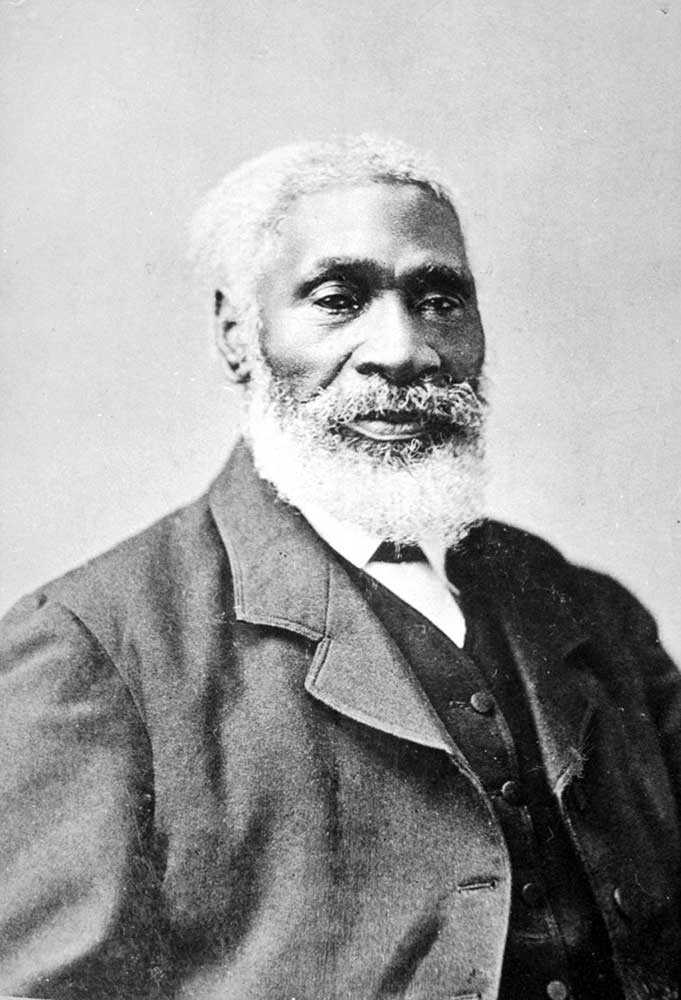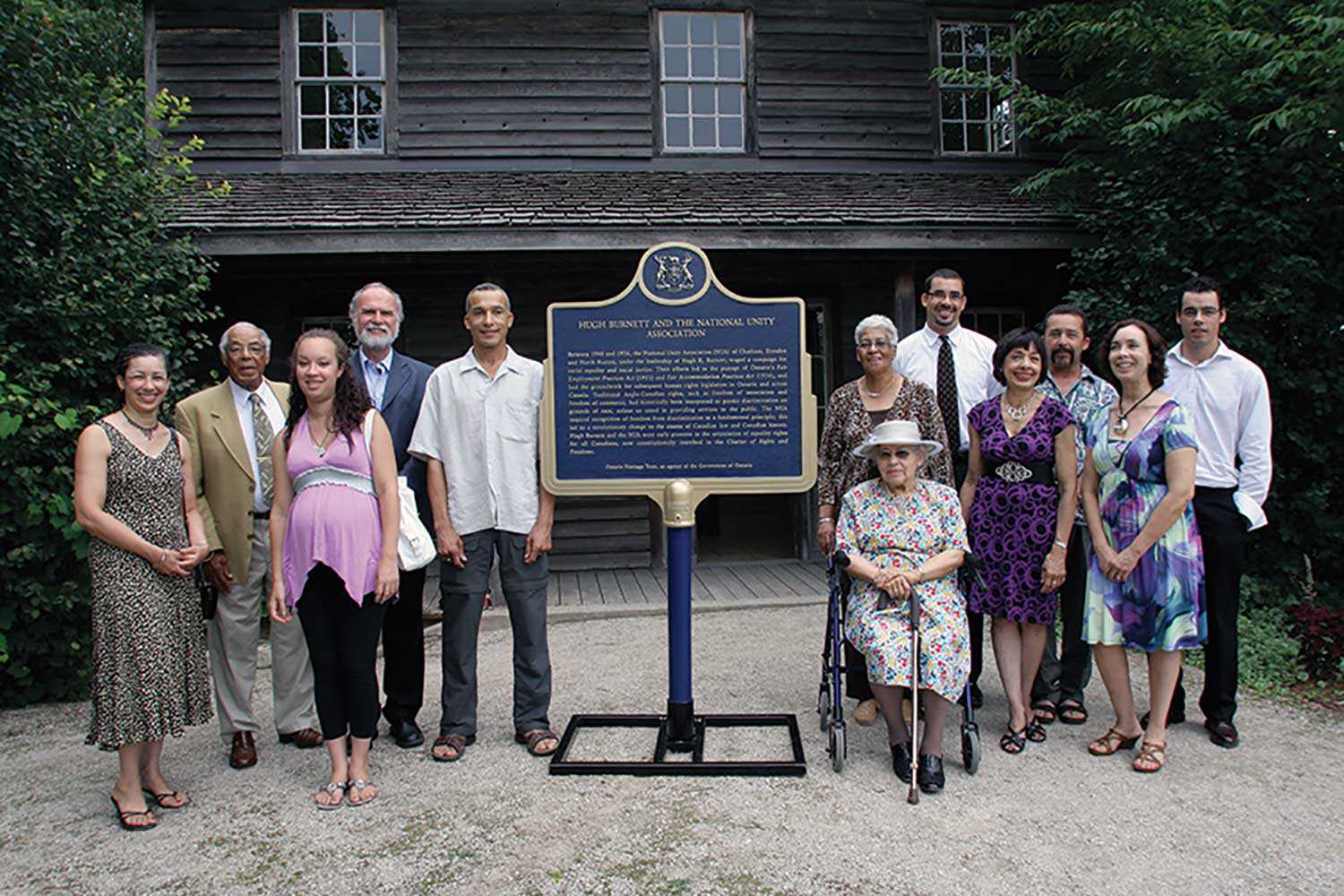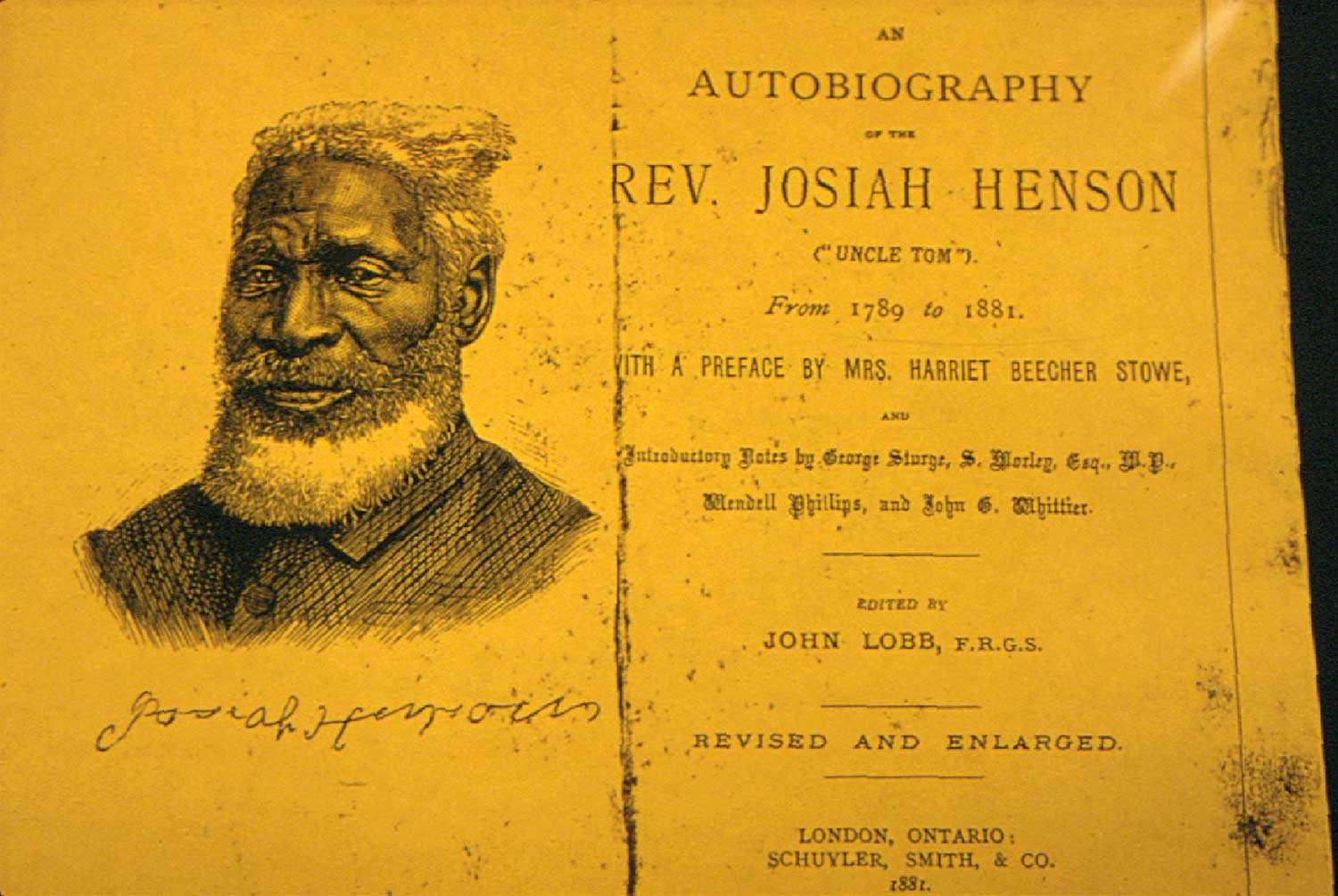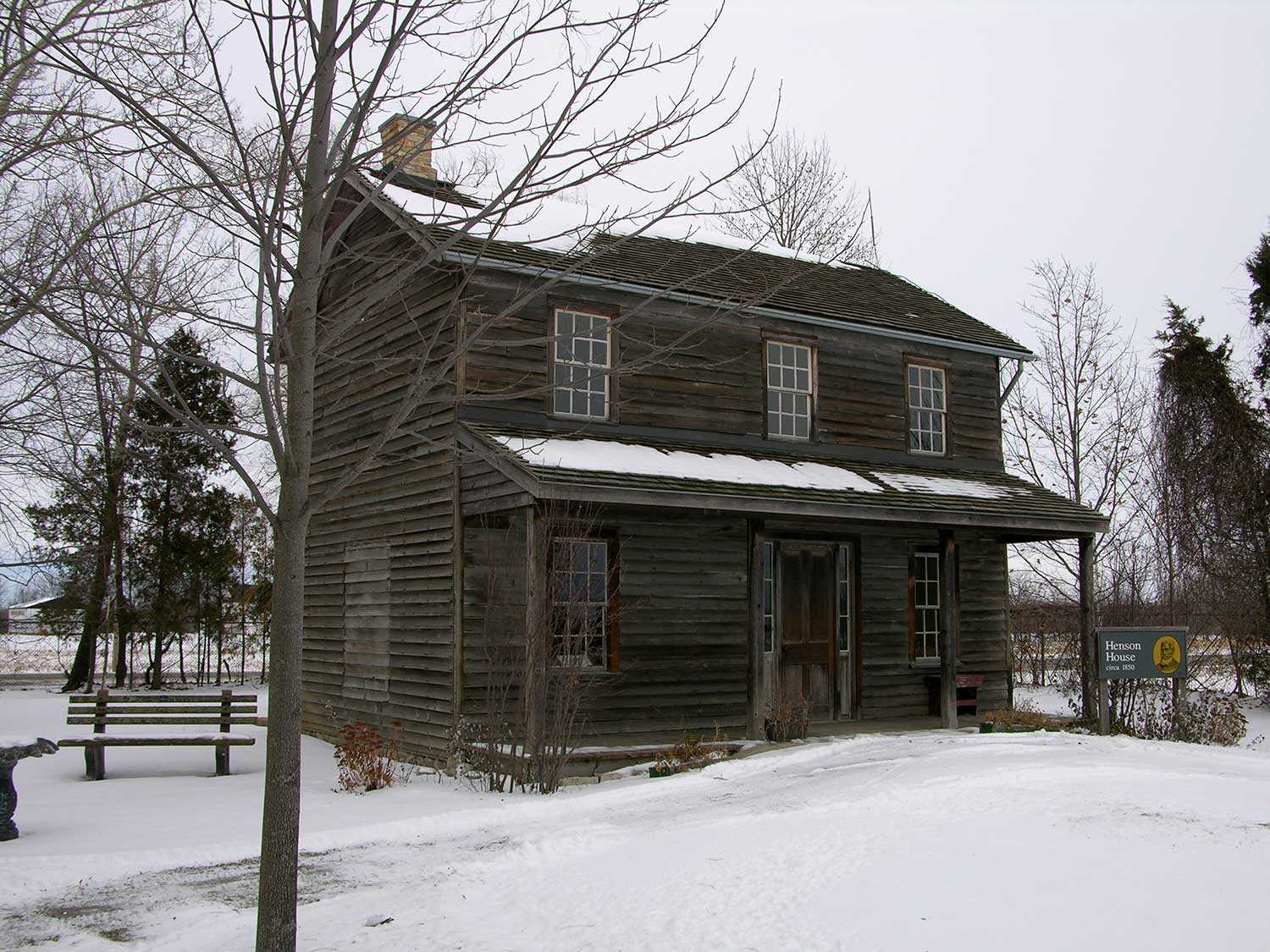

Browse by category
- Adaptive reuse
- Archaeology
- Arts and creativity
- Black heritage
- Buildings and architecture
- Communication
- Community
- Cultural landscapes
- Cultural objects
- Design
- Economics of heritage
- Environment
- Expanding the narrative
- Food
- Francophone heritage
- Indigenous heritage
- Intangible heritage
- Medical heritage
- Military heritage
- MyOntario
- Natural heritage
- Sport heritage
- Tools for conservation
- Women's heritage
Chloe Cooley and the limitation of slavery in Ontario
On March 14, 1793 Chloe Cooley, an enslaved Black woman in Queenston, was bound, thrown into a boat and sold across the river to a new owner in the United States. Her screams and violent resistance were brought to the attention of Lieutenant-Governor John Graves Simcoe by Peter Martin, a free Black and former soldier in Butler’s Rangers, and William Grisley, a neighbour and witness to the event. Simcoe immediately moved to abolish slavery in the new province.
Three years prior, the Upper Canada legislature had passed an Act that allowed Loyalists from the United States to enter Canada with their slaves and not pay any duty on them if they obtained a licence from the Lieutenant-Governor. This was done mainly as a way to attract Loyalists to come north, but it also allowed a large number of slaves to be brought into Upper Canada.
Simcoe championed an Act to reverse this allowance after learning about Chloe Cooley. Cooley resisted being sold to another owner in the United States and required more than one man to restrain her. Simcoe used this incident as a catalyst to call for the ban on the importation of other slaves in Upper Canada.
While initially calling for the arrest of the man who had sold Cooley, charges were soon dropped because a case could not be made against the owner, William Vrooman. (Under English Civil Law, slavery was not recognized.) This meant that Cooley had no rights that Vrooman was bound to respect, and she could be sold and treated as any other piece of property. Simcoe’s “Act to prevent the further introduction of slaves, and to limit the term of contract for servitude within this province” would make it clear that slavery did exist in Upper Canada and that slaves had a legal status separate from other property.
Simcoe was known as an abolitionist before his arrival to Upper Canada. In 1790, he had delivered speeches in the British Parliament as member for St. Mawe’s, Cornwall, calling for an end to slavery. His attacks focused on the fact that slavery was something that went against the teachings of Christianity and the spirit of the English Constitution. He also called for sweeping, absolute legislation that would end slavery in the colony. The 1793 Act represents a compromise that he had to strike with the influential slave-holders of the province. In fact, of the 16 members of the Upper Canada Assembly, at least six owned slaves. Simcoe’s personal power, and the fact that a great number of others in Upper Canada despised slavery, helped the Act to overcome this opposition.
While it did call for an end to the importation of slaves, the Act did not abolish slavery in Upper Canada altogether. Rather, any slaves that were in the province at the time of its enactment were allowed to remain the property of their owners. In addition, any children who were born to slave mothers were to remain the property of their owners until they turned 25.
Simcoe’s Act also did not find universal support in Upper Canada. After he returned to England in 1798, the legislature tried to reverse the 1793 Act and allow any persons entering the colony to bring their slaves with them. A bill was introduced under the pretence of a scarcity of labour in the colony. The bill did not pass, although this does reflect the fact that many wealthy and influential citizens in the colony still owned slaves.
The larger public also played a significant role in influencing opinion and preventing the return of slave importation. Abolitionist movements, often organized through religious groups like the Methodist Church, actively campaigned for the end of slavery on moral grounds. They advocated that it was un-Christian to treat Blacks as pieces of property, and their loud voices helped to inspire the legislators to act against slavery.
Simcoe’s Act was the first piece of legislation in the British Empire to limit slavery. It set the stage for the great freedom movement of enslaved African-Americans known as the Underground Railroad. Over time, thousands of enslaved persons would use the Underground Railroad to make their way to Canada and freedom. Chloe Cooley’s small but brave and significant act of resistance to slavery helped to pave the way to freedom for so many like her.






![F 2076-16-3-2/Unidentified woman and her son, [ca. 1900], Alvin D. McCurdy fonds, Archives of Ontario, I0027790.](https://questions-de-patrimoine.ca/uploads/Articles/27790_boy_and_woman_520-web.jpg)




























